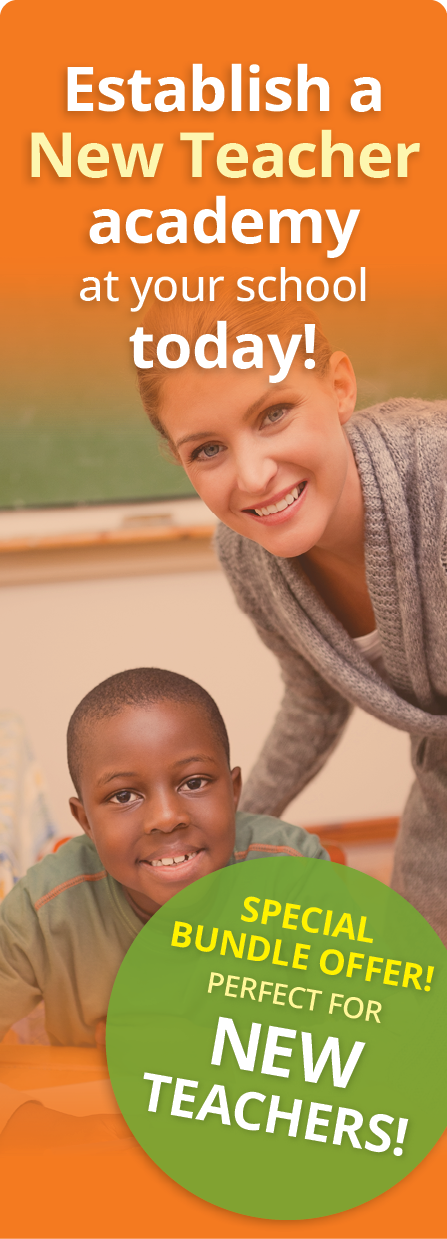Better Classroom Discussions: How to Let Students Drive the Learning
| by Harvey F. Silver | September 13, 2022 |
Visit most classrooms and you will see that one kind of dialogue dominates: recitation. Recitation is a teacher-directed process, where the teacher presents information, incorporates questions to check that students are listening, asks students to respond, and evaluates the responses. We call this “the TIRE approach”: Teacher presents, Incorporates questions, students Respond, teacher Evaluates. And the TIRE keeps rolling along.
Despite concerns about the effectiveness of this approach, it’s an approach that’s frequently used—especially at the secondary level. John Hattie and Gregory Yates, authors of Visible Learning (2014), note that in many classrooms, instruction follows this pattern around 75% of the time. Recitation dominates, while discussions are used sparingly. Even when teachers sit students in a circle, pose a discussion question, and open things up to students, the “discussions” that result are often just recitations in disguise. Instead of authentic dialogs among students, it’s often just two or three students responding directly to the teacher’s query.
One reason why recitation dominates is because it’s easier for teachers to control student behavior and control the delivery of content. But releasing some control to students and inviting them to do more of the talking can have a real impact on learning and engagement.
A simple way to make this shift is to shift the primary form of classroom discourse from recitation to discussion. When students are engaged in discussion, they can’t just sit back and listen; they have to process and make meaning of classroom content for themselves. They become active thinkers and participants, rather than receptacles of information. And they learn more—and more deeply—as a result.
”When we invite students to share and compare personal connections to the content, we spark rich and lively conversations where all students can contribute and all students learn.”
High-quality discussions offer other benefits as well. They help students develop core literacy skills, like respectful listening, comprehending, and communicating. They also engage the highest levels of thinking on Bloom’s taxonomy, by requiring students to compare, analyze, synthesize and evaluate information. Even more important, establishing a “culture of conversation” communicates to students that they have a voice—that their ideas are valued and that they’re an important part of the learning process.
What does it take to get quality conversations going in the classroom? Like all student-centered activities, discussions require clear procedures, time to practice, and student ownership in order to be successful. That’s why I believe that our Community CIRCLE discussion tool (Silver, Perini, and Boutz, 2016) is such a powerful one—because it delivers on all these counts.
The tool’s CIRCLE acronym spells out concrete steps for fostering productive discussions and for helping students connect the content to what they know best—their personal knowledge, beliefs, and experiences. Specifically, it has teachers Create a prompt that gets students thinking about relevant personal connections and then Invite students to share their thoughts. Teachers then help students Review and Compare key ideas, Look for patterns, and Extend or apply what they learn to the content.
When we invite students to share and compare personal connections to the content, we spark rich and lively conversations where all students can contribute and all students learn. We put the brakes on teacher-dominated conversations, we stop that recitation TIRE from rolling, and we let students drive the learning.

Dr. Harvey F. Silver
All team members (up to 15 teachers) receive:
- One year of access to all of the tools in The Four Cornerstones Suite
- A copy of the award-winning Tools for a Successful School Year
- Two introductory online coaching sessions focused on common challenges new teachers face
Special Introductory Price
$3,000
For more information or to set up a demo
References
Silver, H. F., Perini, M. J., and Boutz, A. L. (2016). Tools for a successful school year (starting on day one): Classroom-ready techniques for building the Four Cornerstones of an effective classroom. Franklin Lakes, NJ: Silver Strong & Associates.
Hattie, J., and Yates, G. C. R. (2014). Visible learning and the science of how we learn. New York, NY: Routledge.

